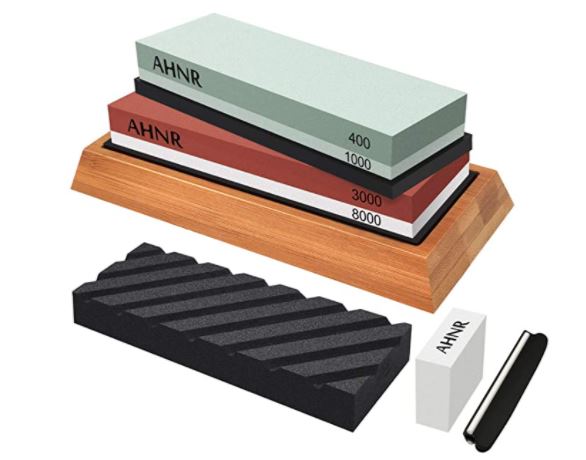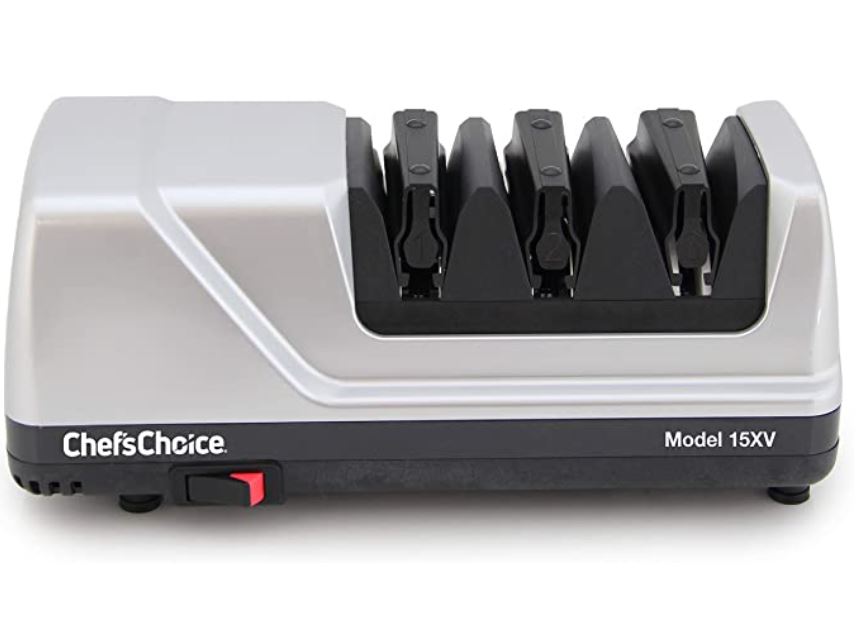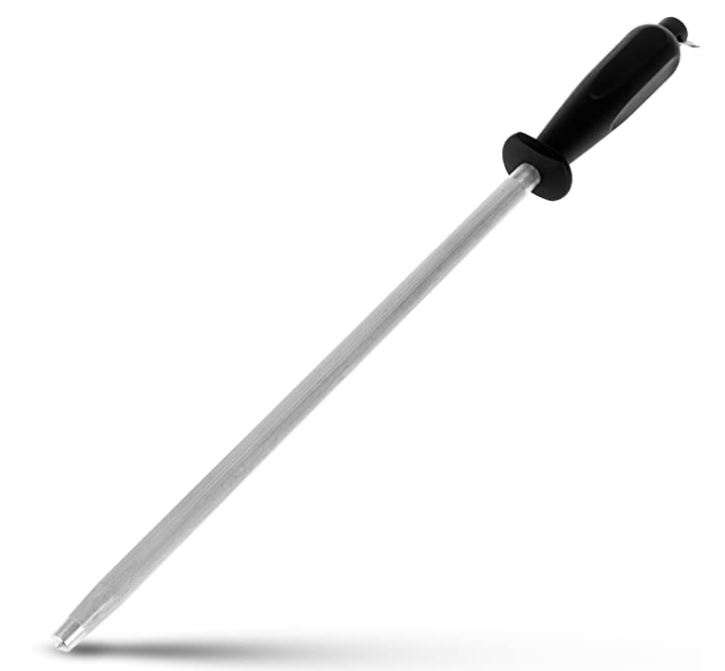
Safety
Using a Pocket Knife Sharpener
Always be careful when using a pocket knife sharpener. There is always risk of injury when using the sharpener.
If not used correctly, it may lead to serious injury. If you need a reliable first aid kit see our top choices for 2021 best first aid kits.
Sharper Blade is Safer
Sharp blades are actually safe blades. Sharp blade is less likely to stick. When a blade sticks, the natural instinct is to apply more force or pressure. That’s when slips occur and the user gets cut.
The other consequence of using a dull blade is that the force of the cut can chip or bend the blade if it hits a hard object.
Sharpening Angle
Maintaining the original blade geometry of a pocket knife is important. The angle of the edge is often selected based on the width of the knife and the intended use of the blade.
Thinner angels are ideal for thin precise slicing. Thicker blades are ideal for cutting through tough materials.
Using the correct sharpener is important to maintaining a durable and sharp blade and help you prevent damage.
So how do I determine the angle of my knives? Check out this great video about finding your knife's sharpening angle.
Types of Pocket Knife Sharpeners
There are many different types of pocket knife sharpeners on the market as they are types of pocket knives.
Each style of pocket knife sharpeners works differently and might not be suitable for your EDC purposes.
We've outlined the main types of pocket knife sharpeners to give the best information available to find the best pocket knife sharpener.
Electric Sharpener for Knives
Electric Sharpeners bring convenience to those who may want to save their strength for other activities. Sharpening a knife the traditional way can leave your muscles feeling sore.
These sharpeners use grinding wheels or belts to remove metal and sharpen your knife.
Although, they are convenient you do need to be cautious using them as they are very quick and may damage your blade.
Read the manual before using them. Check out the Chef's Choice Electric Sharpener.

Sharpening Steel for Knives
A sharpening steel is a rod with diamond or other sharpening bits embedded in its surface.
When you drag the blade across the sharpening steel, it removes metal, allowing you to fix damaged or chipped knife edges.
Using sharpening steel can be a challenge and its mainly used to fix damaged blades.

Sharpening Stone Knife Sharpener
A sharpening stone is a rectangle-shaped chunk of stone with gritty material embedded in it.
You drag the edge of your knife across the stone to remove metal and reshape your blade. This will be done in stages with finer and finer stone to get the a sharp blade.

Knife Hones Knife Sharpener
Knife hones are the opposite of knife steel sharpeners. Knife hones do not remove metal from the edge of your knife like traditional sharpeners.
Instead, a knife hone reshapes the metal on the very edge of your blade. It is recommended that you hone your knife frequently.
Some choose to hone their knives after every use. Honing should be use in combination with other sharpening to keep your blade sharp.
How Often Should I Sharpen My Pocket Knife
Remember, a sharp knife is safer than a dull one. A pocket knife is useless unless it’s sharp.
It really depends on how often you use your pocket knife. If you use your pocket knife just a few times a week then sharpening your knife about once a week is recommended.
However, if you use your knife on a daily basis, you should sharpen your knife everyday with a knife hone and or sharpening steel.
Check out this great Utopia honing steel sharpener on amazon. See price now.

Check Out Our Top Picks for Pocket Knife Sharpeners

